Installation
From In Bimester We Trust series
Mixed Media
73.5x100x109cm
2009

âSo many Iranian artists just talk about their identity. What is this? What happened to individuality? The West wants artists who can talk about their identity, their oriental identity, and demand a touristâs view. The third world identity is the thing they want. It is like a souvenir for them.â - Behrouz Rae
Behrouz Rae was born in Soviet-occupied Baku, Azerbaijan in 1979 and emigrated with his mother to Iran when he was 12 years old. His mother left Iran for the US in the late 1990s. Rae remained in Tehran, entered art school and gained a degree in photography from Azad University in 2006. He has been exhibiting internationally since 2007.
The four works on show with The Recessionists belong to an extensive installation entitled In Bimester We Trust, first exhibited in October this year by the Laleh June Gallery in Switzerland. The installation encapsulates Raeâs ongoing investigations of manâs/his psyche in discourse with the writings of French psychoanalyst Jacques-Marie-Emile Lacan (1901-1881).
Lacanâs primary contribution to psychoanalysis concerns the âmirror stageâ, an established term in developmental psychology of the infantâs identification with his image, by expanding the application to âthe essential libidinal relationship with the body image.â Embedded are a myriad of concepts centred on the Ego and its relation with, what Lacan calls, the three orders: The Imaginary, with which it has a quintessentially narcissistic association and is, thus, the cause of radical alienation;â The Symbolic, the field of âradical differenceâ or Other, where the Imaginary is structured and regulated by means of signifiers and language; and the Real. The Real, not to be confused with reality, has its locus outside of the Imaginary and the Symbolic, is devoid of dualism and resistant to symbolization, turning the Real, Lacan argues, into an âobject of anxiety par excellence.â Highly influential on French intellectual life of the 1960s to the â80s, Lacan was embraced by literary structural theorists and has also left his mark on the field of critical film and media studies. Notions of the gaze, the variance between individual perception and cultural interpretation, the non-representational quality of The Real and the perpetuation of phallocentric desire to capture attention from the other (audience) all have their roots in Lacan. It is perhaps from this perspective that Rae invites us to read his work.
However, Rae is notoriously evasive about the iconography of his assemblages and elusive about his autobiographical data. His installations are fragmented and on first viewing repellent. Psycho-sexual allusions, both auto- and homo-erotic, apparent and perceived emotional realities, at once intimately personal and distant, conflict with the sentimental and images of power. A sense of alienation and transience emanates even from the most static representations. In interviews Rae has declared his dislike for âbeing real.â Instead, he claims his artistic prerogative to investigate the domain of the virtual, the illusionary with all its fraught connotations. As a result Rae has avoided the trap of history-religion-gender-war content so ubiquitous among his Iranian contemporaries.
CP 2009
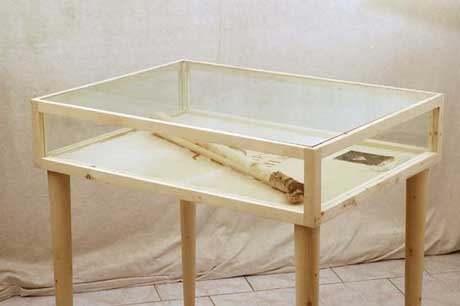
From In Bimester We Trust series
Mixed Media
73.5x100x109cm
2009
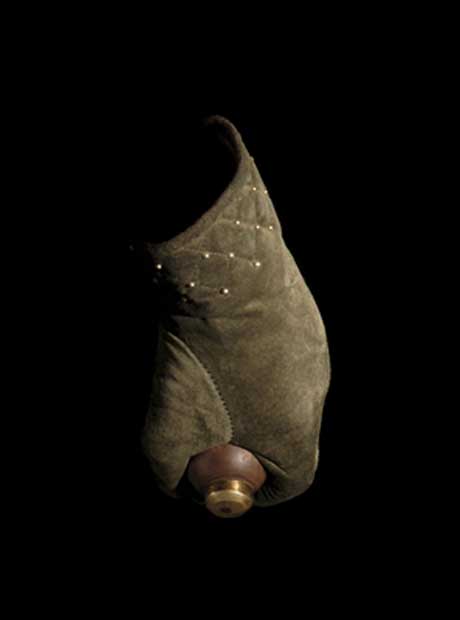
From In Bimester We Trust series
Photograph (C-Print)
From edition of 3 plus artists proof
50x37.1cm
2008
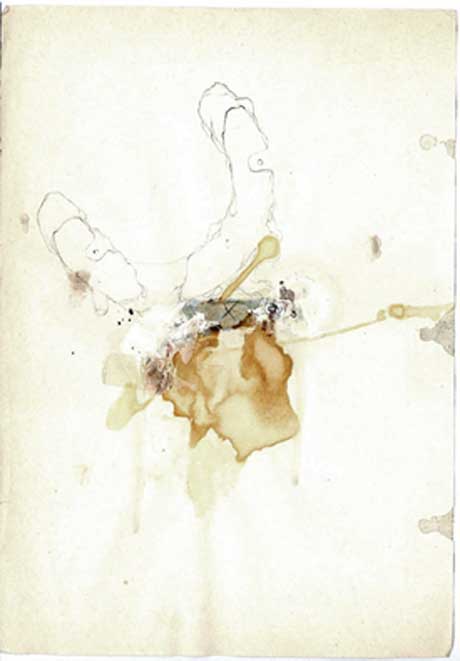
From In Bimester We Trust series
Mixed Media on Paper
28.5x20cm
2009
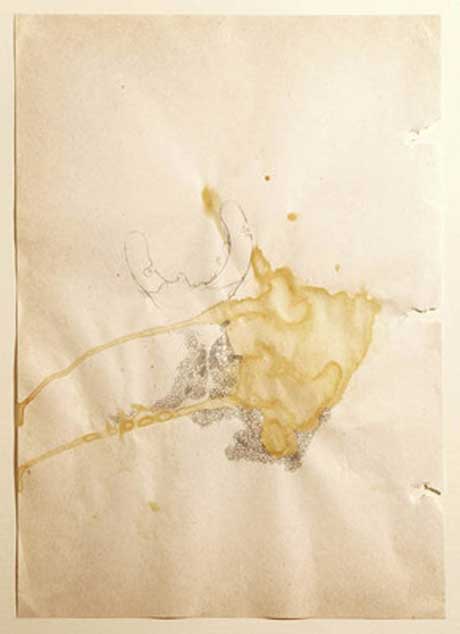
From In Bimester We Trust series
Mixed Media on Paper
28.5x20cm
2009
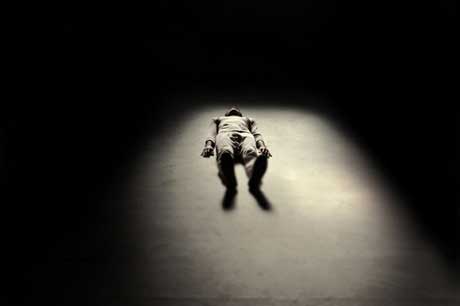
From In Bimester We Trust series
Photograph (C-Print)
Signed & dated verso
From edition of 3 plus artists proof
60x90cm
2008
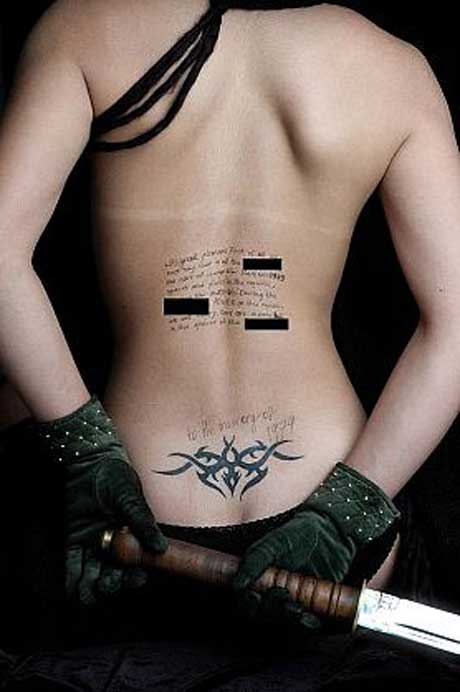
Not in exhibition
From In Bimester We Trust series
Photograph (C-Print)
180x120cm
2008
Ed. 2 and 3 of 3 available on demand